Bee off
This week: Bee off !; A busy week; Saving a museum; Ready for summer;
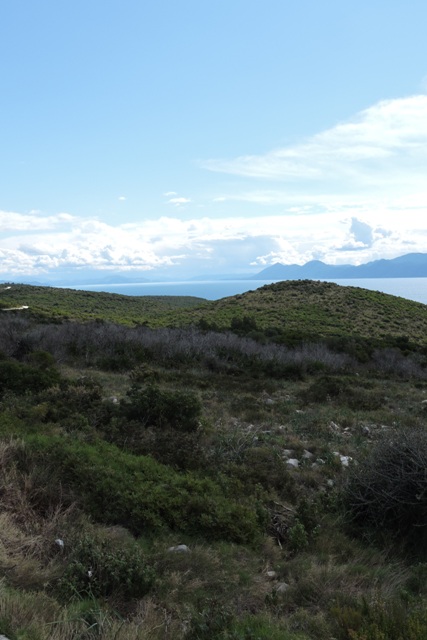
Bee off!
I have Carpenter Bees, which actually don’t seem to do any harm at all. They have a reputation for boring holes in wood to lay their eggs.
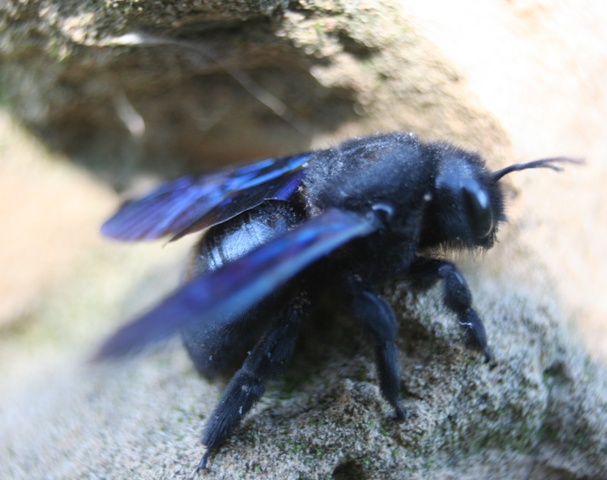
Then there are innumerable other solitary bees, large and small, that I see feeding on nectar or just buzzing about.
In my old stone walls there are various holes which have been drilled in the past, to hold a variety of nails, pieces of iron and goodness knows what else.
Some I have drilled for a purpose, then over time, they are no longer needed.
I always make a point of removing the screw and wall plug when I decommission something. This will leave a 6mm or 8mm hole behind.
Last week I was aware of a flying insect going into one such hole close to where I have coffee, but I didn’t take a great deal of notice.
However on Thursday afternoon, I saw a small bee neatly sealing the hole up with mud. I watched as it brought a mouthful of mud, laid it to block the hole, then flew off and was back in a couple of minutes with more.
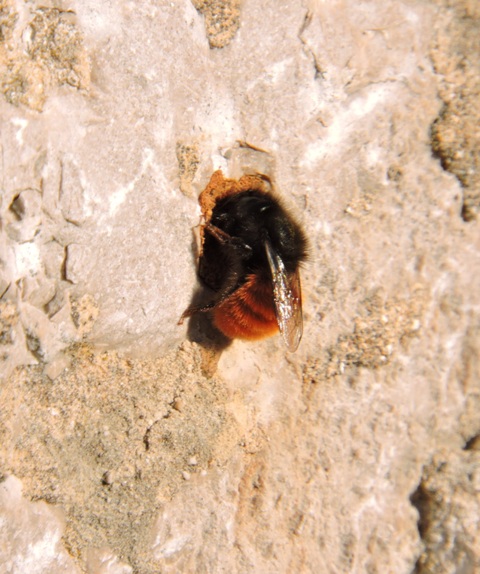
It really didn’t like me getting close to take a photo, but with patience I managed it.
I have identified the bee as a Bombus lapidarius (Red-tailed Bumble bee).
It has clearly laid an egg in the hole, then brought food for the grub once it hatches and until the young bee breaks down the mud bung and flies off.
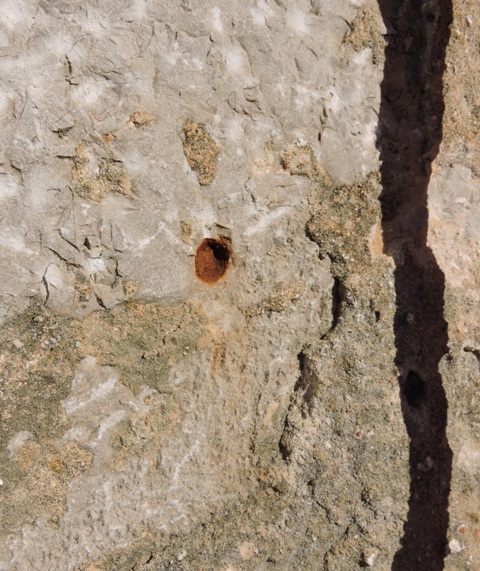
The doorway has been sealed up now. I was a little surprised how early this bee has started breeding. I am guessing that there will be perhaps two broods in a year.
Now I know where it is, I can watch to see when the seal is broken.
My one concern is the location. This wall receives full sun from around 13:30 until 19:00, and later in full summer.
The wall becomes hot to the touch and I hope the location has been chosen well and the summer heat doesn’t kill the developing bee. Only time will tell.
A busy week
Every week is a busy week I think.
My roof top solar water heater has been boiling again this week, so I fitted the second set of covers.
Now ⅔ of the tubes are covered, but they still produce copious amount of hot water.
I need to think how I can make use of all this solar energy. The system will need moving to a different roof, which is in my plans, but that doesn’t stop me thinking…
We have had some much needed rain this week, not a huge amount, but enough to refresh the plants.
Then on Saturday evening there was a storm which brought a substantial amount of,hail.
The weight has bent the frames around my Citrus trees and and it has beaten my Broad Beans to the ground. I think they will recover.
More of our summer migrants have arrived. The Skops owls are back and calling. Next will be the swallows, swifts and Martins.
My Spring watch of indicator species is almost complete. We are around seven days earlier than previous years.
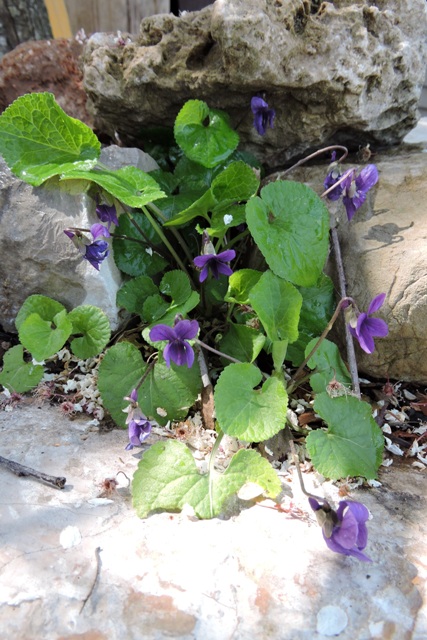
In the gardens and orchards more and more plants are coming into flower as the days warm and lengthen.
Saving a Museum
I’ve done a little travelling this week.
As Covid restrictions have been lifted across Europe I decided it was probably a good moment to go and collect some museum items that need to be saved.
I’m passionate about recording history before it is lost, or sometimes destroyed through ignorance.
Sadly a lot of police material has gone; lost through incompetence, ineptitude or a failure to appreciate what it is that we hold.
Much material is held in trust. When the “Widow Smith” donates something her husband had had, it is given in trust for the receiver to look after it and to make sure it is preserved.
Museums have a specific responsibility to ensure that donations are recorded and preserved in perpetuity . This has not always happened.
Where individuals have items, they keep and enjoy them and at some point may sell them.
One collection that is being broken up is the Gosfield Collection.
So “Have van, will travel” meant that I was able to collect a couple of very interesting motorcycles, lots of spares, together with assorted helmets, staffs, canes and other items.
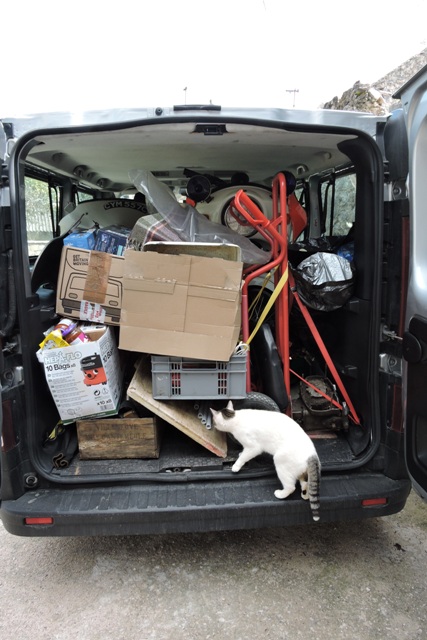
One that I rescued from Gosfield is a photo and senior officers cane. The photo I recognised immediately is of Sir Peter Imbert, later Baron Imbert of New Romney.

He was one of the best known Chief Constables of the 1970’s and Commissioner of the Metropolitan Police from 1987 to 1993.
The cane was also said to be his. Often called “Swagger Canes” it is a piece of bamboo wrapped and stitched in fine grain black leather.
They originate from the vine staffs which were carried by Roman Centurions as a symbol of their office.
I have only the word of the collection’s owner to go on. There is no documentary audit trail, but a cane is something that Chief Officers of that era had.
I have found one photograph online of Sir Peter outside NSY, carrying a cane, but it is a varnished brown wooden staff, perhaps a piece of knotty Ash.
So he certainly carried a swagger stick on occasions.

Usually black canes are carried by senior police officers, so on the balance of probabilities, the cane and the photo probably go together.
One interesting item amongst many others is a “Distress Warrant”.
This is unusual because warrants were always returned to the issuing court. Distress Warrants are also unusual because they are one of the rarer bench warrants to be issued.
It is certainly a ‘first’ for me.
I arrived back home with 2½ motorcycles, assorted blue lights, signs, helmets, badges and books, together with other police equipment after an exhausting journey.
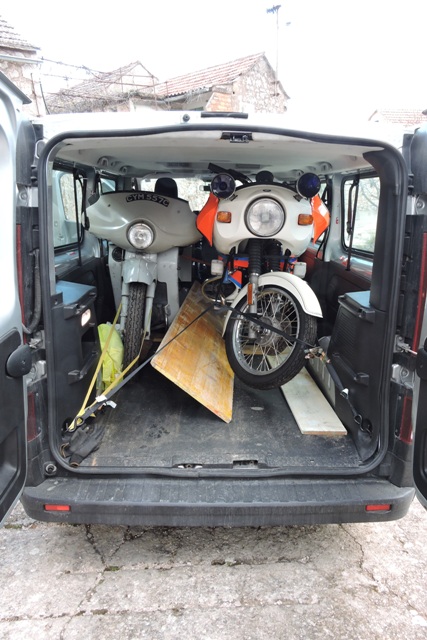
Now its back to my usual routine.
My trip back home coincided with an intense low pressure weather system across the whole of Europe. A lobe of the Polar Vortex brought historic low temperatures across most of the continent.
The snow started at Aachen on the German/Netherlands border and didn’t stop until Svete Rock in Croatia. This is where the is a 6 km tunnel through the Dinaric Alps.
On the landward side, there was cloud obscuring the tops of the mountains and snow covering the trees.
Coming through Austria, there were convoys of vehicles being led by a pair of snow ploughs clearing the road and salting behind. Where the ploughs hadn’t been, it was a single track with vehicles following the wheelings of the vehicle in front.
There was no snow on the roads in Croatia but the overhead Matrix signs were flashing the temperature of 0°c or below and speeds restrictions for 500 kilometres. Beside the roads, the trees looked like a Christmas card scene.
Coming out of the Svete Rock Tunnel, it was as though I had passed through a portal into another world. The temperature was +6°c, the sky was blue and the sun was just above the horizon.
A new day was dawning.
Soon I was back on the ferry across to the island, and receiving help from my neighbour to unload the van. Another rescue mission completed!
Ready for summer
Are we ready?
Um, well….. no!
It always seems that I have too much to do and not enough time.
Every time I turn my back, more weeds grow. There were orchard jobs I have been going to do all winter and they are still not done.
Although the problems of getting the building permission mean that I am frustrated in what I am trying to achieve inside, there are stills lot of jobs which must be done.
This translates in to it being more comfortable to work inside during the winter than out.
Then there are things like the magazine that I edit which go on regardless. The latest issue was published on Friday with an in-depth article about Turbans. All of this takes time.
I’m still following my plans though and I’m really looking forward to doing more outside as the weather improves. NCG